 The EyeTeach© workshops continue to prove a success since launching in Latin America in 2013. The workshops, implemented by Brien Holden Vision Institute and sponsored by Optometry Giving Sight, focus on the development of local optometry in the region and strengthening the professional development of existing eye health practitioners and educators.
The EyeTeach© workshops continue to prove a success since launching in Latin America in 2013. The workshops, implemented by Brien Holden Vision Institute and sponsored by Optometry Giving Sight, focus on the development of local optometry in the region and strengthening the professional development of existing eye health practitioners and educators.
17 participants from Bolivia, Colombia and Argentina took part in a recent workshop at the Instituto de Salud, Seguridad Ocupacional y Medio Ambiente (ISSEM), a lead training institute in Bolivia. The curriculum focused on providing professional educators with new teaching methods for the development of optometry in the region, and providing further development for eye health practitioners and educators.
“I was surprised by my own lack of knowledge regarding certain teaching methods, even more so because I was confident with my way of teaching,” said Edson, a new optometry lecturer at ISSEM. “I feel it has allowed me to identify some of my weaknesses and apply new methods in which to motivate and engage with students more effectively”.
Aleida (pictured) , a microbiology lecturer at ISSEM and an epidemiology medical doctor for government health services in Santa Cruz de la Sierra, said that she found the workshop to be challenging and motivating as it identified new teaching techniques she can use.
“I am looking forward to applying these methods in my lectures,” she said. “I would be more than happy to participate in another Institute and Optometry Giving Sight workshop.”
The EyeTeach© workshops contribute to the development of leaders, so in the future they will be able to mentor other faculty and drive the development of optometry standards, both for optometric education and patient care. Optometry Giving Sight will fund more workshops in 2015.

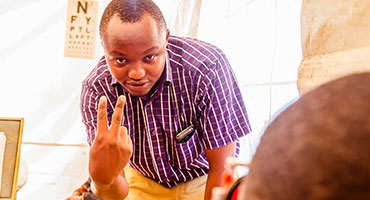 Benefiting the community
Benefiting the community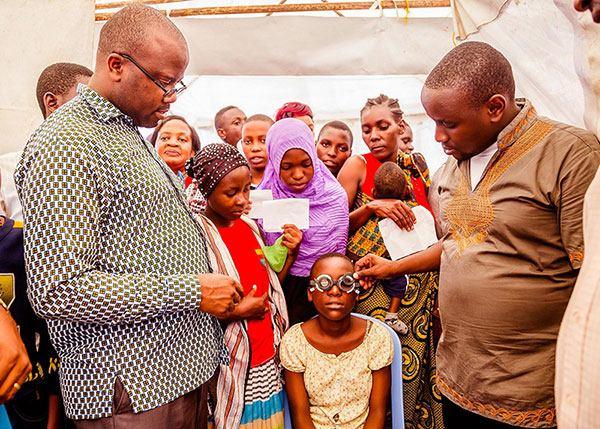
 After 5 years of effort by the global optometric community – Haiti’s first School of Optometry opens
After 5 years of effort by the global optometric community – Haiti’s first School of Optometry opens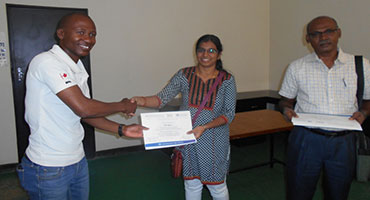 Empowering local ECPs to maintain their own equipment
Empowering local ECPs to maintain their own equipment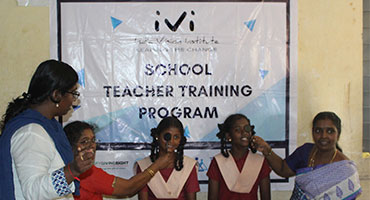 Eye health training in India
Eye health training in India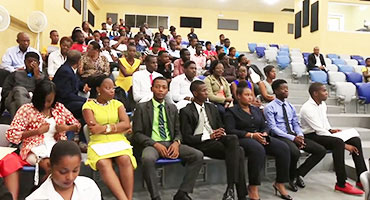 Your support at work
Your support at work

 $262,000 donated to Optometry Giving Sight
$262,000 donated to Optometry Giving Sight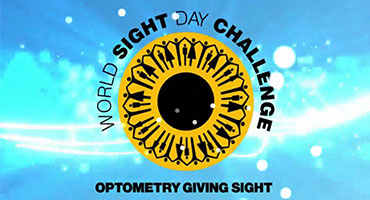 Helping to Make Children’s Vision Count
Helping to Make Children’s Vision Count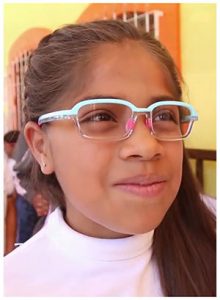 This year’s campaign will help to raise funds for more children like Alyssa (pictured left) – a young girl from the southwest of Mexico who received her first pair of glasses last year thanks to a child eye health project that is funded in part by Optometry Giving Sight. In her words: “Everything that was wrong is now in the past. Nothing can stop me now!”
This year’s campaign will help to raise funds for more children like Alyssa (pictured left) – a young girl from the southwest of Mexico who received her first pair of glasses last year thanks to a child eye health project that is funded in part by Optometry Giving Sight. In her words: “Everything that was wrong is now in the past. Nothing can stop me now!”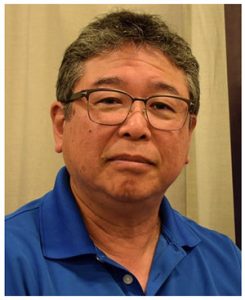 Dr. Don Matsumoto from Pacific Eyecare Center (pictured left), CA has been participating in the World Sight Day Challenge for many years.
Dr. Don Matsumoto from Pacific Eyecare Center (pictured left), CA has been participating in the World Sight Day Challenge for many years.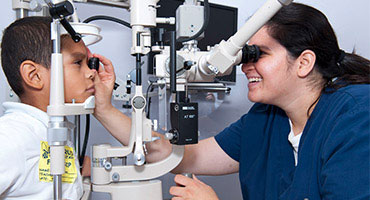 Providing support to children impacted by Hurricane Harvey
Providing support to children impacted by Hurricane Harvey

 Kristan Gross, the Global Executive Director
Kristan Gross, the Global Executive Director